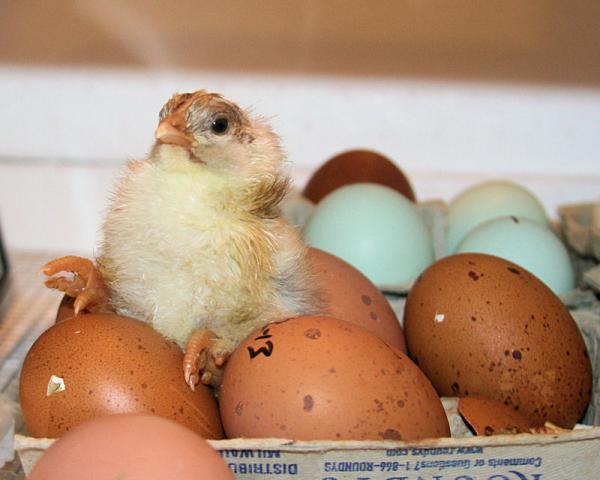I thank you all for the opinions.
I have some more reading to do. I don't know what birchen specifically is, so that's first priority.
I'm guessing that's the wild type / agouti /non-self black appearance? If yes, then birchen must be dominant, I take it. Is silver co-dominant? (Can you visually tell the difference between het or homozygous Silver?) Off to research those two genes. Have browsed photos of gold vs. silver during my chicken reading (new to chickens, not a stranger to genetics) and love the silver effect over the gold. In the chicken world, split means het, right? Heterozygous, factored, whatever you want to call two different alleles at the same locus. Do you guys call them splits in co-dominant genes, too, or just recessives (like black split lavender)?
What do you think the other male is, then? Straight up cuckoo self black? His feathers on his underhalf are grey and white...is that what is seen in black+cuckoo? How does a homozygous cuckoo male look different?
The blue girls have 2 distinct appearances, wonder if that's the silver or birchen genes causing the effect. I'll have to get pictures and get opinions. 2 gals are "greyheaded", the other 4 are like the picture above with dark heads/necks. The "greyheads" have ...well best I can describe...thin white penciling on their dark neck feathers...sort of. LOL, I'll get some pics when I can get home during daylight hours.
Regardless, I'm delighted with these guys, they're just such neat personalitied birds. And sheesh, those first pullet eggs were ginormous. I popped them in the incubator for giggles, just went into lockdown with 5 or so that appear to be good (hard to tell through those shells, but the clear ones were distinctly different). We'll see what pops out.
Just love the mental exercise of figuring out their makeup.




